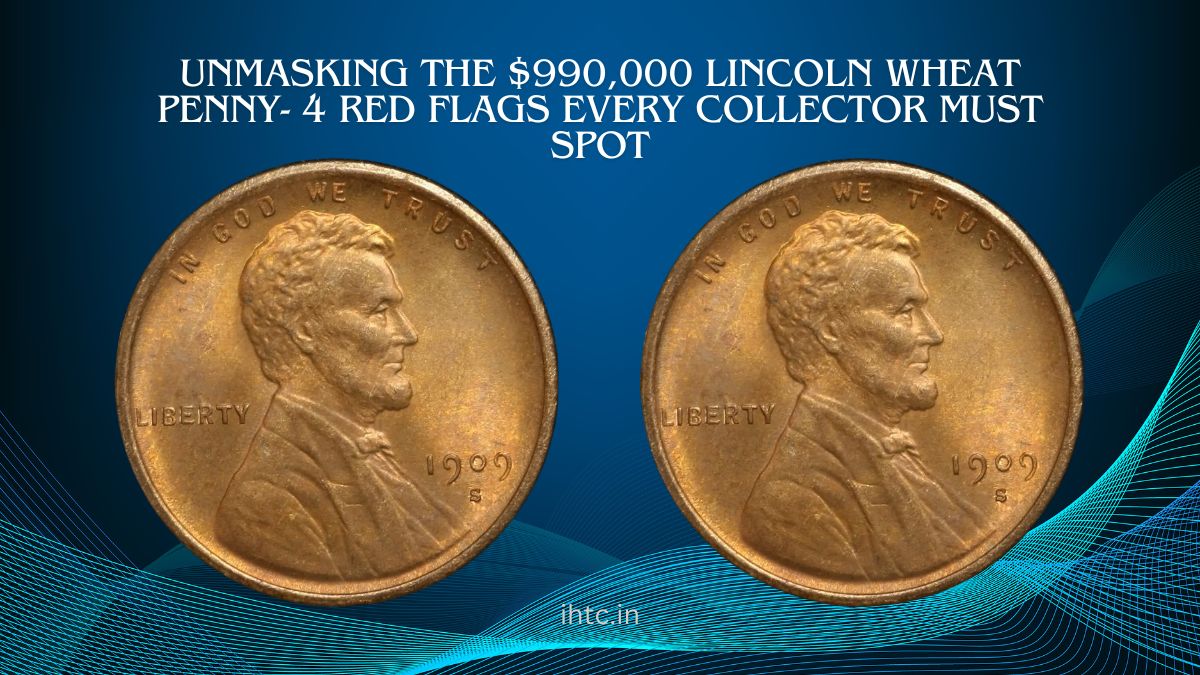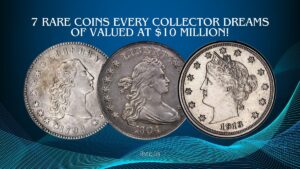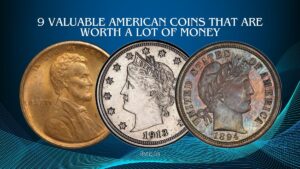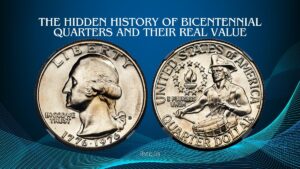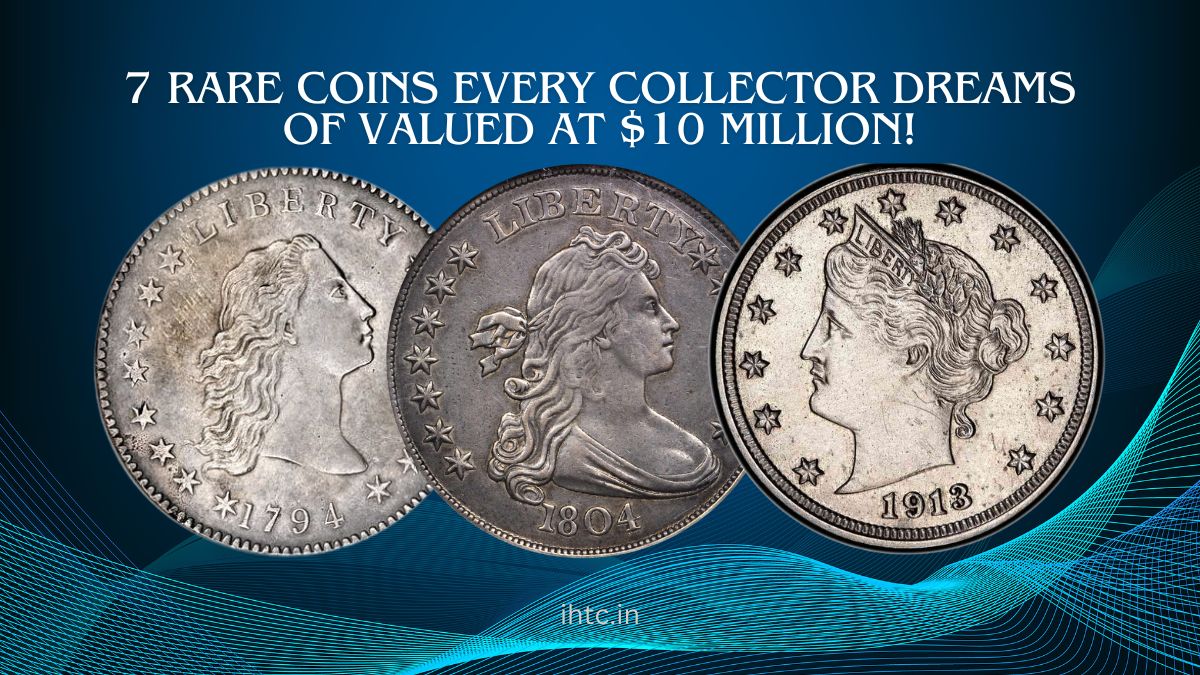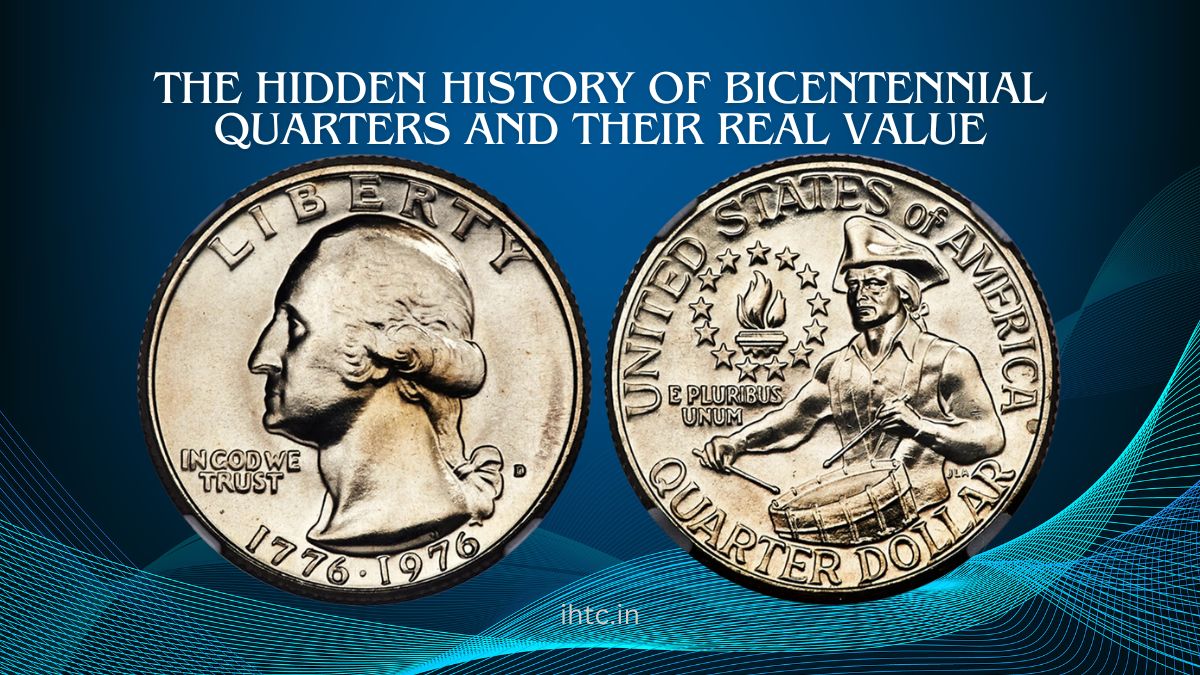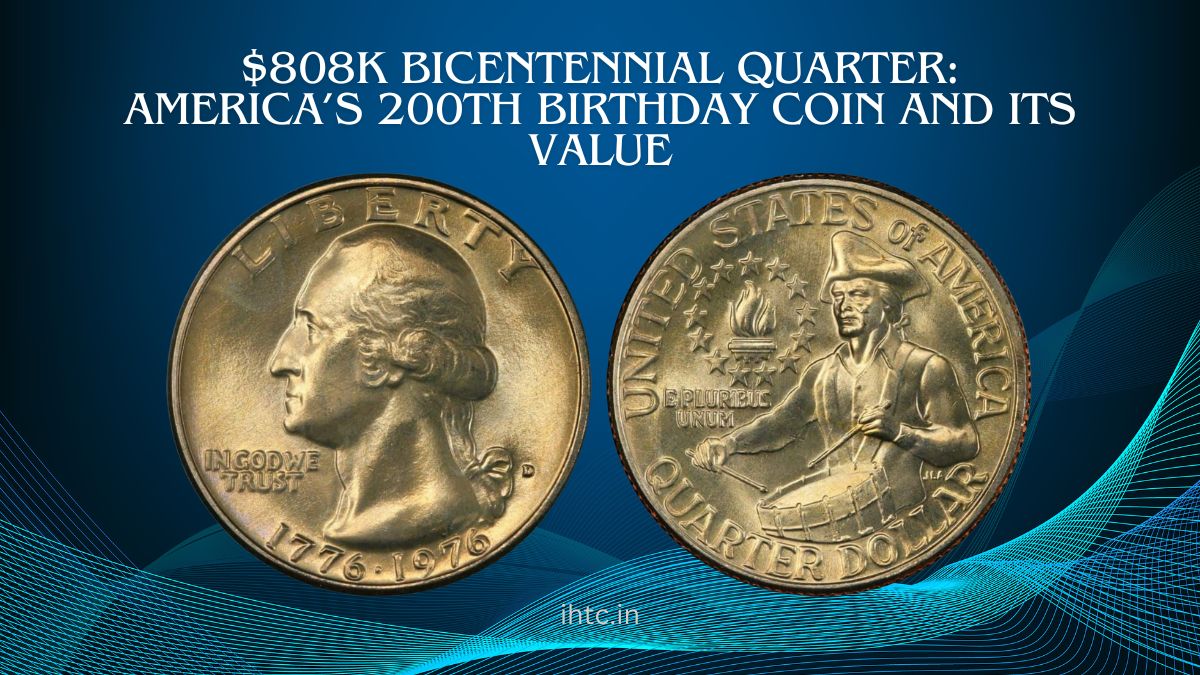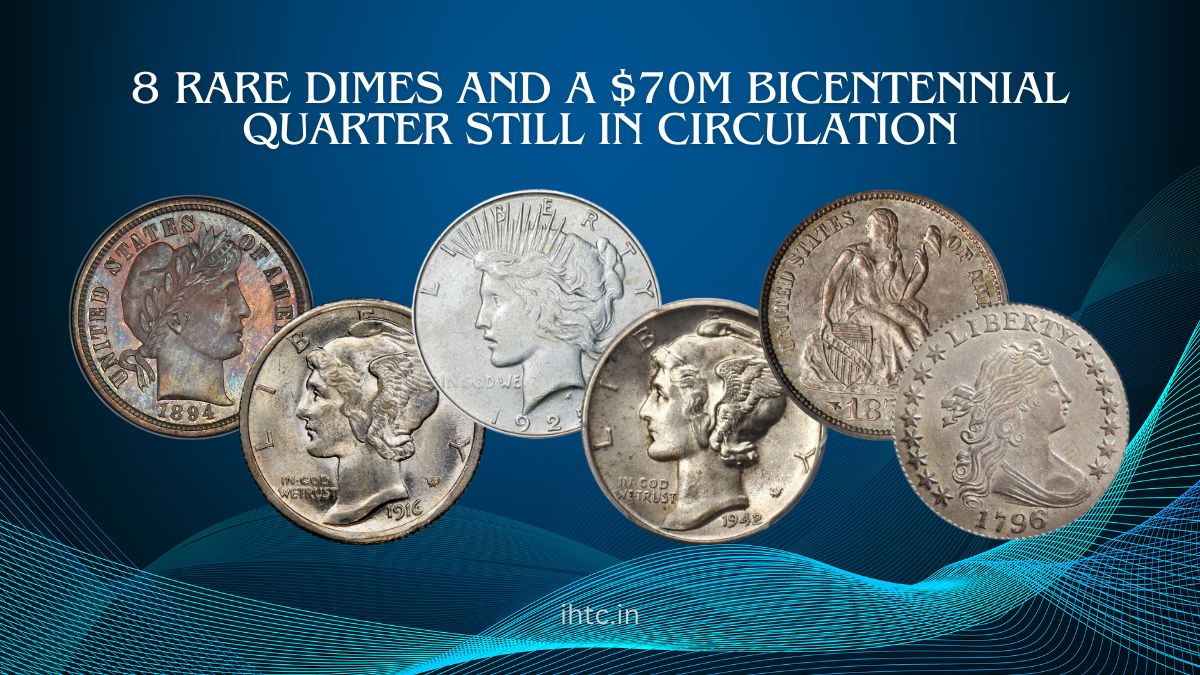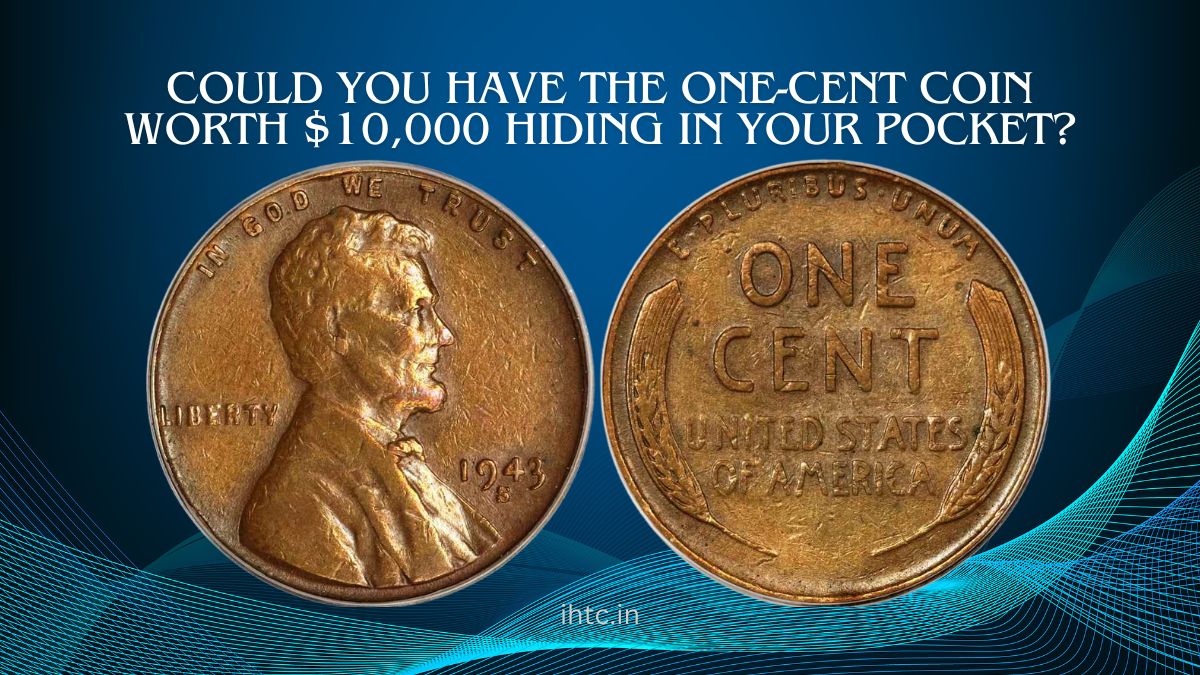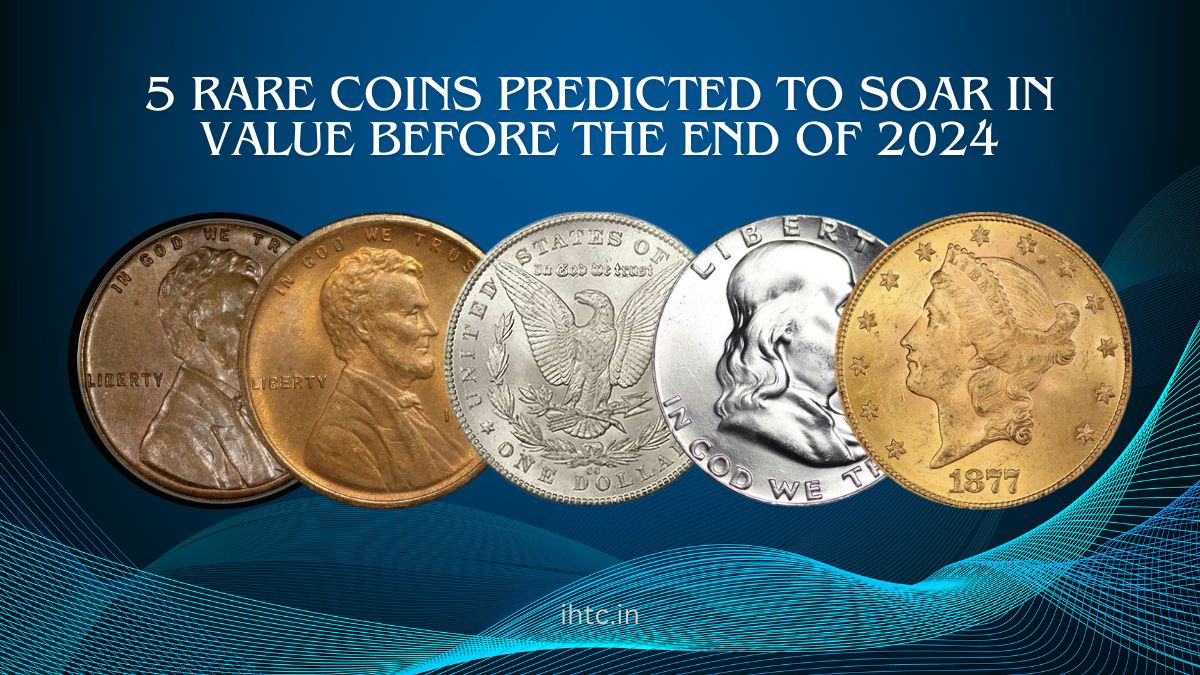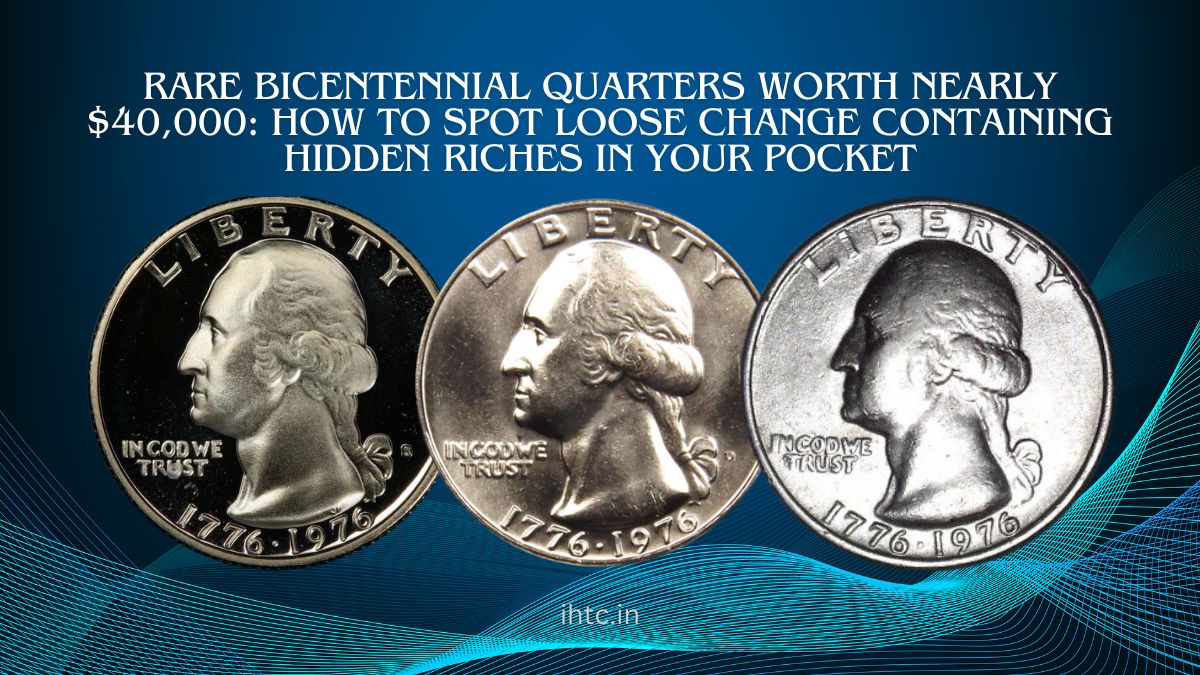The Lincoln Wheat Penny is a beloved and iconic piece of American numismatic history, but not every listing you come across is as valuable as it seems. Recently, a 1920 Lincoln Wheat Penny was listed for an astronomical $990,000, catching the attention of coin collectors.
However, several red flags make this listing questionable. Whether you’re new to coin collecting or a seasoned collector, here’s what you need to know about identifying rare coins and avoiding potential scams.
Why the Lincoln Wheat Penny is Special
First minted in 1909, the Lincoln Wheat Penny has always been a favorite among collectors. Designed by Victor Brenner, this coin was introduced under the influence of Theodore Roosevelt, making it an important part of American history.
While many Lincoln Wheat Pennies are valuable, most don’t fetch anywhere near $990,000 unless they are ultra-rare versions or feature unique errors.
4 Red Flags Collectors Must Watch For
When it comes to high-value coins like the $990,000 Lincoln Wheat Penny, it’s important to proceed with caution. Here are four key red flags every collector should look out for:
1. Exorbitant Prices
One of the biggest red flags in this listing is the price itself. A 1920 Lincoln Wheat Penny typically sells for between $23 and $1,000, depending on its condition and any potential errors.
A $990,000 price tag is vastly inflated and should be viewed with skepticism unless the coin has extraordinary historical significance or is a certified error coin.
2. No Certification
Authenticity is everything in coin collecting, especially for high-value coins. Any rare coin should come with certification from reputable grading agencies like PCGS (Professional Coin Grading Service) or NGC (Numismatic Guaranty Corporation).
Without certification, the value is questionable, and you risk purchasing a counterfeit or misrepresented item.
3. Poor or Missing Images
Listings that lack clear, detailed images are a major red flag. You should be able to inspect the coin’s condition, mint marks, and potential errors from multiple angles. Listings without sufficient imagery could indicate an attempt to hide flaws or mislead buyers.
4. Questionable Seller Reputation
Always research the seller’s reputation before making any purchase. Negative reviews or lack of history in selling high-value coins are clear indicators of a potential scam. Reputable sellers and auction houses provide transparency and build trust through their track record.
Key Indicators for Spotting Fake or Misrepresented Coins
| Red Flag | What to Look For |
|---|---|
| Exorbitant Price | Unusually high prices that don’t match the coin’s value |
| No Certification | Lack of grading from trusted agencies like PCGS or NGC |
| Poor/Missing Images | Listings with blurry or incomplete photos |
| Negative Seller Reviews | A history of poor feedback or lack of verified sales |
FAQs
1. Is the $990,000 Lincoln Wheat Penny price realistic?
No, it’s significantly inflated. A typical 1920 Lincoln Wheat Penny is worth between $23 and $1,000 depending on its condition.
2. What should I check before buying a rare coin?
Look for certification, clear images, and a trustworthy seller reputation to ensure authenticity.
3. Can mint errors increase a penny’s value?
Yes, significant minting errors such as double strikes or off-center minting can greatly enhance a coin’s value.
4. Where should I buy rare coins safely?
Stick to reputable auction houses, certified dealers, or well-reviewed online platforms that provide authentication.
5. How do I verify a coin’s authenticity?
Make sure the coin is certified by recognized grading services like PCGS, NGC, or similar organizations.
